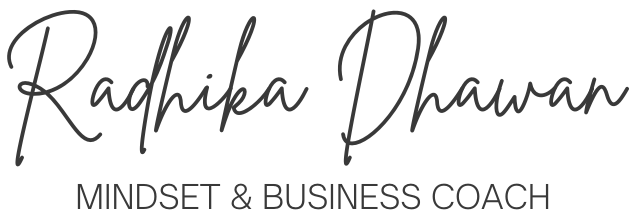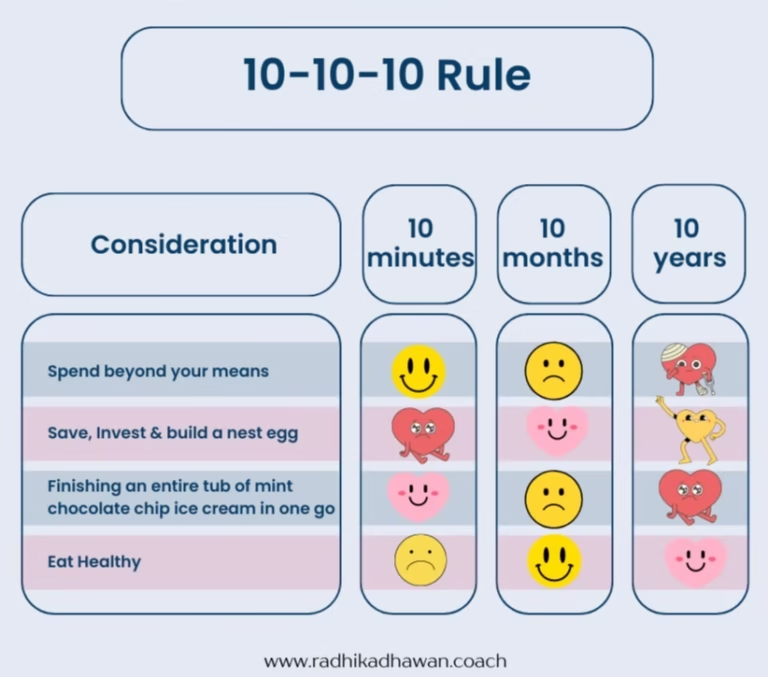Unlocking Your Potential: The Power of a Growth Mindset
How does a business achieve success? Does it solely depend on securing high-profile investors or raising capital, or is it more about adapting to market conditions and delivering value to customers?
The truth is none of these alone can help you if you don’t have this one key ingredient — a growth mindset.

So, what exactly is a growth mindset?
"Growth mindset is the belief that one's abilities, intelligence, and talents can be developed and improved over time through dedication, hard work, and learning from failure. "
People and leaders with a growth mindset tend to embrace challenges, persist in the face of obstacles, and see failures and setbacks as opportunities for learning and growth.
This contrasts with a fixed mindset, which is the belief that intelligence and abilities are predetermined and cannot be changed.
A person with a fixed mindset tends to avoid challenges and may give up easily when faced with obstacles. They may see failure as a personal reflection of their abilities and may avoid taking risks for fear of looking incompetent.

Successful leaders have a growth mindset, evident when they:
- Take risks
- Show empathy
- Allow themselves and their people to learn from failure
- Stay responsive in the face of a crisis
On the flip side, leaders and organisations that have a fixed mindset culture:
- Stifle innovation
- Have unsatisfied and unhappy employees who may feel threatened when obstacles occur
- Have employees who are afraid to fail as managers celebrate big results, not the effort
"The good news, however, is that mindsets are malleable. Regardless of your current mindset, you can cultivate a growth-oriented one by practicing new thinking patterns and behaviours. "
Cultivating a Growth Mindset
Developing a growth mindset takes time and a conscious effort, but the rewards are well worth it.
1. Treat Challenges like a friend
When you encounter a difficult problem, don’t shy away from it. Lean into the challenge and approach it as an opportunity to learn and grow.
Malala Yousafzai, an education activist, after surviving a gunshot wound to the head by the Taliban in 2012 in Pakistan has continued to work tirelessly to promote education for all and women’s rights around the world. She was awarded the Nobel Peace Prize at the age of 17, making her the youngest ever Nobel laureate.
2. Embrace failure as lessons
Throughout our lifetime we have learnt this from incy wincy spider to Elon Musk. Failure is a natural part of the learning process.

In fact failure should be viewed as an opportunity to learn and improve rather than a setback. Take the time to reflect on what went wrong, and use that information to make better decisions in the future.
Walt Disney experienced multiple failures and setbacks throughout his career, including bankruptcy, multiple business failures, and rejection from studios. However, he did not let these failures discourage him. Instead, he used them as opportunities to learn and grow, which ultimately led to his success.
3. Surround yourself with people who uplift you
Surrounding yourself with people who have a growth mindset can help you cultivate one yourself. Seek out coaches, mentors, colleagues, and friends who are committed to personal growth.
Steve Jobs, the late co-founder of Apple, mentored Tim Cook, who is currently the CEO of Apple. Jobs taught Cook about the importance of simplicity and user experience in technology, and Cook has carried on Jobs’ legacy, leading Apple to become one of the world’s most successful companies.
Every great visionary and leader you can name has had mentors and coaches guiding them like:
Bill Gates guiding Mark Zuckerberg
Warren Buffet mentored Bill Gates
Maya Angelou mentored Oprah
current Chanel Global CEO Leena Nair’s mentor is Indra Nooyi

In fact failure should be viewed as an opportunity to learn and improve rather than a setback. Take the time to reflect on what went wrong, and use that information to make better decisions in the future.
Walt Disney experienced multiple failures and setbacks throughout his career, including bankruptcy, multiple business failures, and rejection from studios. However, he did not let these failures discourage him. Instead, he used them as opportunities to learn and grow, which ultimately led to his success.
4. Be a lifelong learner
Much like popular belief, Curiosity never killed the cat; in fact it made it smarter.
Make a commitment to ongoing learning by attending workshops, taking courses, asking questions (many questions) and reading books related to your business, industry or interest.
Fashion designer Vera Wang exemplifies lifelong learning as a driver of personal growth. Despite starting her fashion line in her forties, Wang never stopped learning, including embracing technology. Wang used her love of gadgets to innovate fashion, like dresses with LED lights and a camera dress with Google. Her dedication to learning has helped her remain relevant in the industry.
Learn from your mistakes – there is no bigger teacher than your own errors – as this knowledge is priceless which can’t be gained from textbooks and workshops.
In fact failure should be viewed as an opportunity to learn and improve rather than a setback. Take the time to reflect on what went wrong, and use that information to make better decisions in the future.
Walt Disney experienced multiple failures and setbacks throughout his career, including bankruptcy, multiple business failures, and rejection from studios. However, he did not let these failures discourage him. Instead, he used them as opportunities to learn and grow, which ultimately led to his success.
5. Ask for Feedback
People who want to grow personally and professionally tend to ask for and value feedback. They aren’t afraid to be criticised or judged. This helps in:
Self awareness
Encouraging a learning attitude
Fostering better interpersonal skills
Enabling more effective communication
Satya Nadella, the CEO of Microsoft, is a prime example of someone who values and utilizes feedback for growth. In 2014, he took over a company struggling to keep pace with the ever-changing tech industry. Nadella requested honest feedback from employees, which shaped his vision for Microsoft’s future. He learned that focusing on cloud computing and mobile devices, and becoming more agile and innovative were key. He led a cultural shift, encouraging experimentation and investment in cloud computing and mobile devices. Today, Microsoft’s market value exceeds $2 trillion, thanks to Nadella’s leadership.
6. The Power of Yet
“Yet” is a simple but transformative concept. When we say “I can’t do this,” adding the word “yet” changes the meaning completely. Instead of accepting defeat, it acknowledges that the skill or task in question may be difficult at the moment, but it is not impossible to learn or achieve with effort and perseverance.
Developing a growth mindset is not easy, but it can be done with conscious effort and practice.
By embracing a growth mindset, you can become:
- more open to feedback
- more willing to take risks
- more motivated to pursue your goals.
However, please remember to be gentle with yourself because this is a process.
Remember, everything it takes to achieve excellence, you already have within you!
I’m rooting for you!
XO

Was this helpful?
I’d love to hear your thoughts.
Leave a comment below and tell me what resonated and what techniques are you going to implement.
Book a 30 minute Discovery Session where we can identify the challenges and gauge if we are a good fit for each other.



